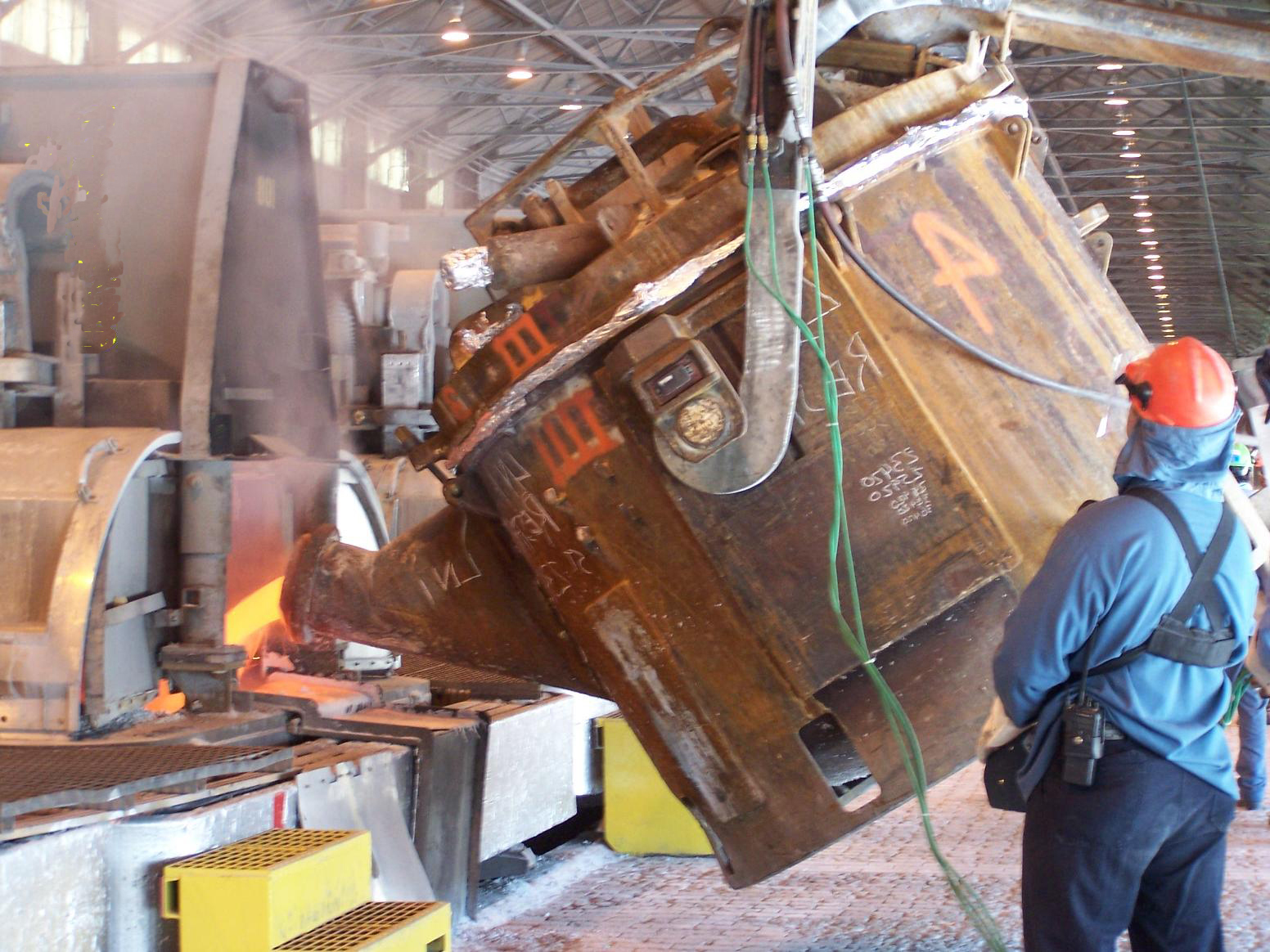Alcoa is entering upon a multi-year transformation with the plan to separate into two independent, publicly-traded companies — an Upstream company and a Value-Added company. “Inventing and reinventing has defined our company throughout its 126-year history,” said Klaus Kleinfeld, chairman and chief executive officer, Alcoa. “In the last few years, we have successfully transformed Alcoa to create two strong value engines that are now ready to pursue their own distinctive strategic directions.”
The Upstream company will comprise five strong business units that make up Alcoa’s Global Primary Products, including bauxite, alumina, aluminum, casting, and energy. The Value-Add company will include Global Rolled Products, Engineered Products and Solutions, and Transportation and Construction Solutions.
After the separation, the Upstream company, with its strong history in the aluminum and alumina markets, will operate under the Alcoa name. The Value-Add company will be named prior to closing. The transaction is expected to be completed in the second half of 2016.
The Upstream Company
After the separation, the Upstream company will focus on bauxite mining, alumina refining and aluminum production with a footprint that will include 64 facilities worldwide and approximately 17,000 employees. “We have repositioned the upstream business,” said Kleinfeld. “We have an enviable bauxite position and are unrivalled in alumina. We have optimized aluminum, flexed our energy assets, and turned our casthouses into a commercial success story. The upstream business is now built to win throughout the cycle.”

Global aluminum demand is expected to grow 6.5% in 2015 and double between 2010 and 2020. So far this decade, global demand growth is tracking ahead of this projection. Alcoa believes its Upstream company will be well-positioned to meet this robust demand.
The Upstream company will include the world’s largest bauxite mining portfolio, with 46 million bone dry metric tons of production in 2014. It will also have the world’s largest alumina refining system, with operations well positioned to serve major adjacent growth markets in Asia, the Middle East, and Latin America.
The company will be the world’s fourth largest aluminum producer, having produced 3,125 thousand tonnes of aluminum in 2014. It will also have a value-added casthouse network in close proximity to customers, and a substantial portfolio of energy assets with power production capacity of approximately 1,550 megawatts with operational flexibility to profit from market cyclicality.
Alcoa has also steadily grown its offering of differentiated, value-add aluminum products that are cast into specific shapes to meet the needs of customers. The company has grown total value-add product shipments from its smelters from 57% in 2010 to 65% in 2014, delivering $1.3 billion in total incremental margin. In 2015, value-add products are projected to represent approximately 70% of smelter shipments. The company has also invested in the most advanced, low cost integrated aluminum complex in the world in Saudi Arabia, Ma’aden-Alcoa, with the refinery and smelter now fully operational.
The Value-Add Company
After the separation, the Value-Add company will be a premier provider of high-performance multi-material products and solutions with 157 globally diverse operating locations and approximately 43,000 employees. “Our multi-material value-add business is a leader in attractive growth markets,” said Kleinfeld. “We have intensified innovation, made successful acquisitions, shed businesses without product differentiation, invested in smart organic growth, expanded our multi-materials profile and brought key technologies to market, all while significantly increasing profitability.”
The Value-Add company will be positioned for profitable growth by increasing its share in fast growing end markets and leveraging significant customer synergies across the midstream and downstream portfolios. The company will be a differentiated supplier to the high-growth aerospace industry with positions on every major aircraft and jet engine platform, underpinned by market leadership in jet engine and industrial gas turbine airfoils and aerospace fasteners. Approximately 40% of the company’s pro-forma revenues for the 12 months through June 30, 2015 came from the aerospace market.

The company will also be at the forefront of capturing demand for aluminum intensive vehicles through Alcoa’s recent rolling mill capacity expansions and the commercialization of breakthrough technologies, such as the Micromill. Automotive revenues are expected to increase 2.4 times from 2014 to $1.8 billion in 2018. Additionally, the Value-Add company is expected to be a leader in aluminum commercial truck wheels and will hold the number one market position in North American architectural systems. Future profitable growth will be supported by a full pipeline of innovative products and solutions and the pursuit of investment opportunities that provide a return above the cost of capital.
Management Structure
The Value-Add company and Upstream company will have distinct value profiles with the ability to effectively allocate resources and deploy capital in-line with individual growth priorities and cash-flow profiles. The separation will enable both the Value-Add company and Upstream company to pursue their own independent strategies, pushing the performance envelope within distinct operating environments.
Upon completion of the transaction, Klaus Kleinfeld will lead the Value-Add company as chairman and chief executive officer. He will also serve as chairman of the Upstream company for the critical initial phase, ensuring a smooth and effective transition. Each company will have its own independent board of directors that will include members of the current Alcoa Board. Full management teams and boards for both companies will be named in the months leading up to the launch of the two companies in the second half of 2016.

